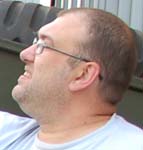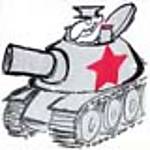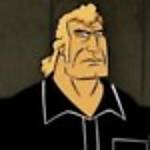1⁄35Panzerhaubitze 2000 build
10
Comments
Turret
The turret is next on your progress list and I strongly advise you take the time to check through the steps involved before starting. You do have to do some minor surgery depending on which version of the Panzerhaubitze 2000 you decide to build, and this surgery is best carried out before construction progress is made. You will also need to check the parts very carefully as the ejector pin marks on the back of some mouldings will prevent a good fit.
Step 18 is where you begin work on the turret. You start with the assembly of the main gun and the mantlet. The aluminium turned metal barrel is very cleanly turned and is a nice inclusion from Meng. The only issue I had at this stage was mating the two halves of the sagging cloth cover; I had to glue one side and let that set before gluing the underside and applying quite a lot of pressure to close the joint. Moving onto the mantlet, I was very impressed with the effort put in by Meng to ensure the correct orientation of the smoke dischargers, an area which is often made more difficult that it needs to be.
Note
There are a few jobs here for the scratch builders: you can add the wiring from the plugs to the sensor on the gun, and you may also want to add the chains from the smoke launcher covers to the support frame.
Step 19 covers the installation of the main gun into the turret. This step begins with the addition of two small armoured windows, and these windows take a lot of fettling to get them to fit correctly, but it is possible. When it comes to inserting the gun I strongly advise you to attach the gun first, as it is a pig to make it sit right. Once in place and secured it does offer a very smooth movement to the barrel and it holds itself where placed; this is a surprise as it is quite a heavy part of the model. You now get to add the mantlet, and you need to make sure that you have cleaned up the ejector pin marks on the back completely or it will not sit right. I have enjoyed building this model so far, but it will punish those who overlook the basics of modelling, or fail to clean up parts completely. According to the instructions, that is this step completed, but I again recommend that the base of the turret is added at this stage, as the fit can be problematic. The effort I had to put into adding the turret base will, I believe, result in broken and/or knocked off parts if left until a later stage.
Step 20 is where you begin to detail the turret itself. None of the parts here caused me any issues, and I was especially pleased with the fit of the turret panels. One thing this model does make you do is to read the instructions carefully, this due to there being five finishing options. One of the options is for a Greek vehicle, and there are a lot of subtle differences that require minor surgery or filling, so as I have said before, decide on your finish early and watch out for the changes.
Step 21 continues the detailing of the turret, and again some minor surgery is required depending on your finishing choice. The hatches are fitted at this point, and these are moveable, but with no interior details donít fret if the hatch ends up being stuck down. The rear road convoy light is a bit of a pain as one of the connection points is on the lens, and so that point will need to be polished to remove the mark.
Comments
Hi Darren,
thanks for sharing this extensive build. Very helpfull.
Good to see one of the, if not the, best guns in the world at this moment as a decent model. You did a lot of detailed work!
The only remark, please, if allowed, is the camo pattern. Pls., do have a look at Google and see that the overal impression of these howitsers is far less red, but more dark. Less than 20% of the surface should be painted brown. Furthermore, the edges of the camo should be rather sharp.
But.....
All together, i like the build and your comment.
P.
NOV 21, 2014 - 07:43 PM
Regarding the end comments, yeah the Greek version is tempting, LM Decals recently released decals for it.
LINK
Cheers,
Christophe
NOV 21, 2014 - 08:08 PM
Impressive build Darren, Congratulations !
This could be something for me, i will return to do 1/35 scale AfVs in the future, as well the 1/72 scale kits.
Got a Meng Leopard, may i can did out a build here.
Cheers
Bernd
NOV 21, 2014 - 08:51 PM
Paul if you take a look at the darker pictures it shows the colour as it appears to the naked eye, the red colour occured after I balanced the pictyre in Photo Shop. I am surprised on your comments about camouflage layout as I used ref pics online and checked them against what Meng offered, I accept it is not 100% but it is close.
Thank you for your comments guys.
NOV 22, 2014 - 12:45 AM
Hi Darren, i took the liberty to comment since I have worked with these guns as an art Lcol! Actually, now I am rather confused since neither the Germans nor the Dutch have this camo pattern, so is it your intention to go further into the 4 color Greek scheme?
NOV 22, 2014 - 10:34 PM
Paul; No that is the finished main painting and I was sure I was close, I am a little rattled now as I believed I had got it right, but thank you for pointing out I have got it wrong. As you have worked on these can you show me some pics of the tools on the vehicle please, I assume they are overall green with some wear and tear present.
NOV 23, 2014 - 12:29 AM
If you compare this German scheme (photo from Prime Portal) you can see that the brown pattern in the middle is different from your portrayal. There are lots of photos on the Internet to verify - I don't know if your pattern is based on the instructions but it never hurts to double check!
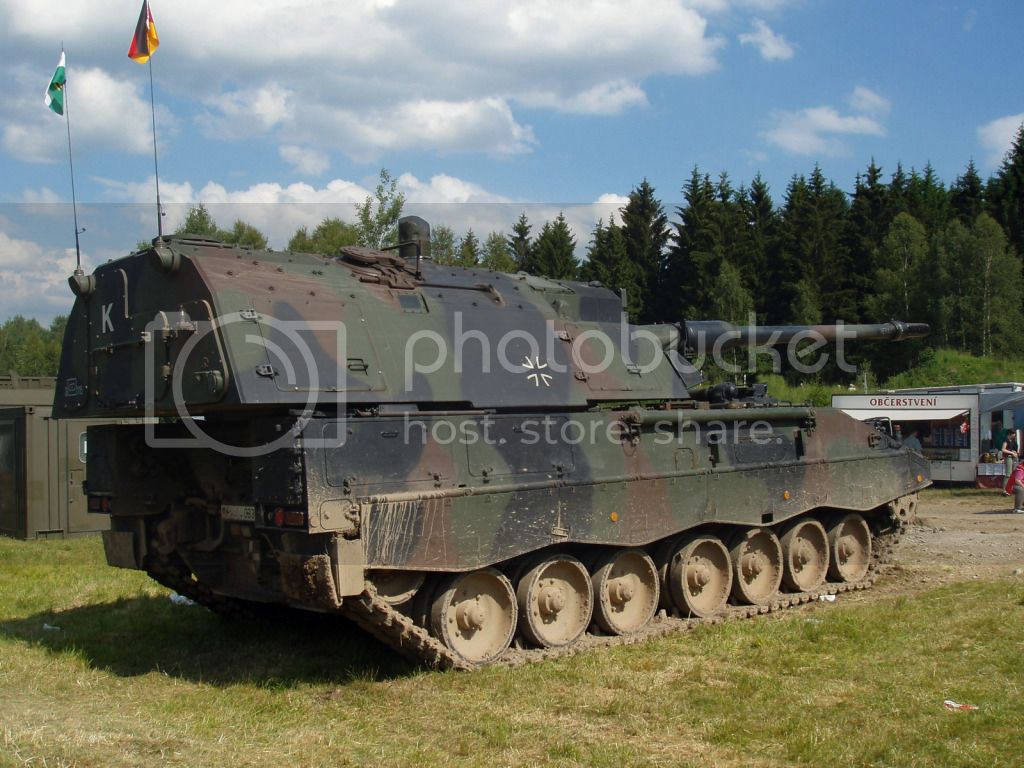
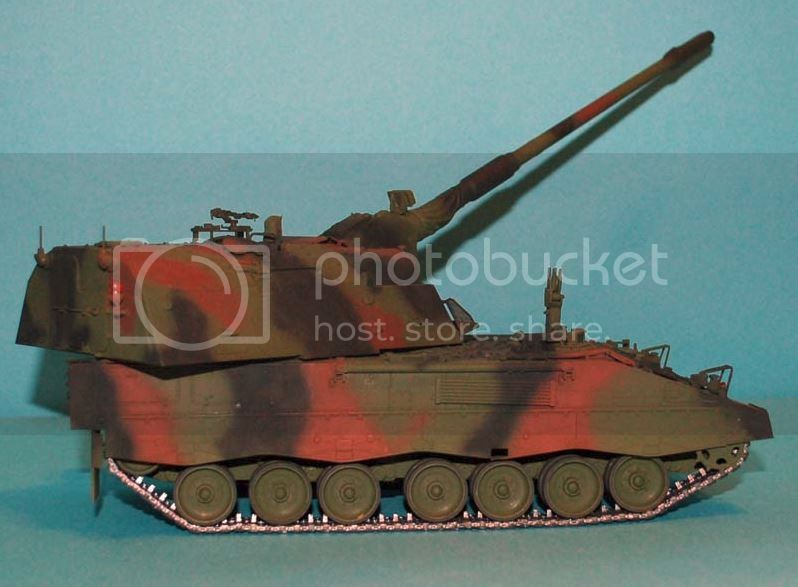 Jim
Jim

 Jim
JimNOV 23, 2014 - 01:47 AM
Hi Daren,
first of all, I believe that the most important of modeling is the fact that one enjoys building and painting.
So, I am not supposed to ordeal on that.
But the camouflage pattern on the PzH2000, if used by the German or Dutch army, show differrent patterns. Spots, no bands! Only in Afghanistan, mud was used to camouflage them, though one can discuss the (non)sence of that, based on the huge defence around these important vehicles, static and while travelling (Their value was so high that they were flown back to Europe in stead of using road and sea transport from Afghanistan)
About the tools: they were supplied together with the vehicles, thus having a NATO olive color, with, in rare cases, clear wooden parts. However, most of it was just green, close to the base vehicle colour. The wear and tear is rather rare since these vehicles do "suffer" from budget reductions, thus being used rather seldomly. Money makes the world go around, even in the army!
NOV 23, 2014 - 01:53 AM
Thank you for your review and reports of the build. Since the finished model was photographed under poor lighting, I suggest that the reddish colour i the result of the camera trying to make a picture, and not be too accurate about it. I am a modeler, and have considerable photographic experience, having worked in labs and studios during the Kodak years, in both black and white and colour, in mixing and monitoring, quality control, etc. The model looks great Darren!
MAY 17, 2016 - 04:35 AM
Copyright ©2021 by Darren Baker. Images and/or videos also by copyright holder unless otherwise noted. The views and opinions expressed herein are solely the views and opinions of the authors and/or contributors to this Web site and do not necessarily represent the views and/or opinions of Armorama, KitMaker Network, or Silver Star Enterrpises. All rights reserved. Originally published on: 2014-11-22 06:01:46. Unique Reads: 22763



















